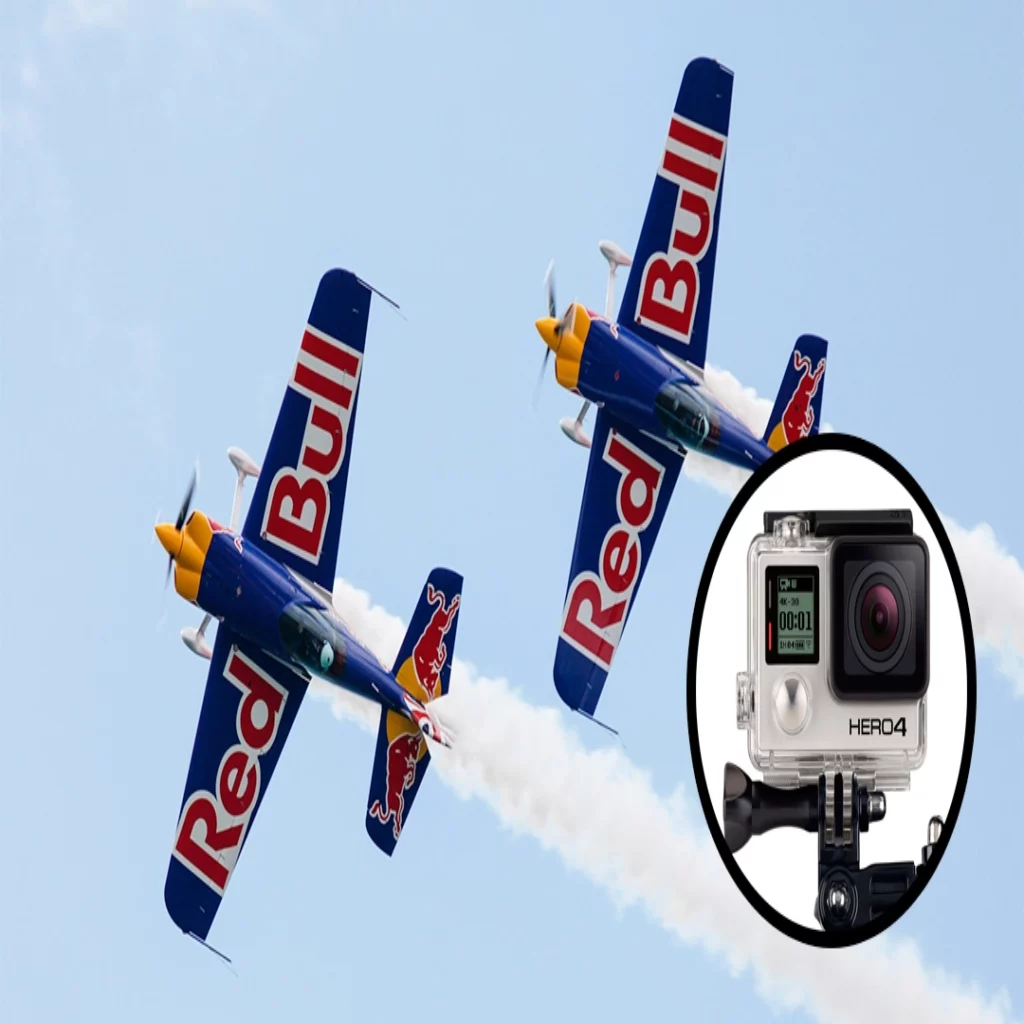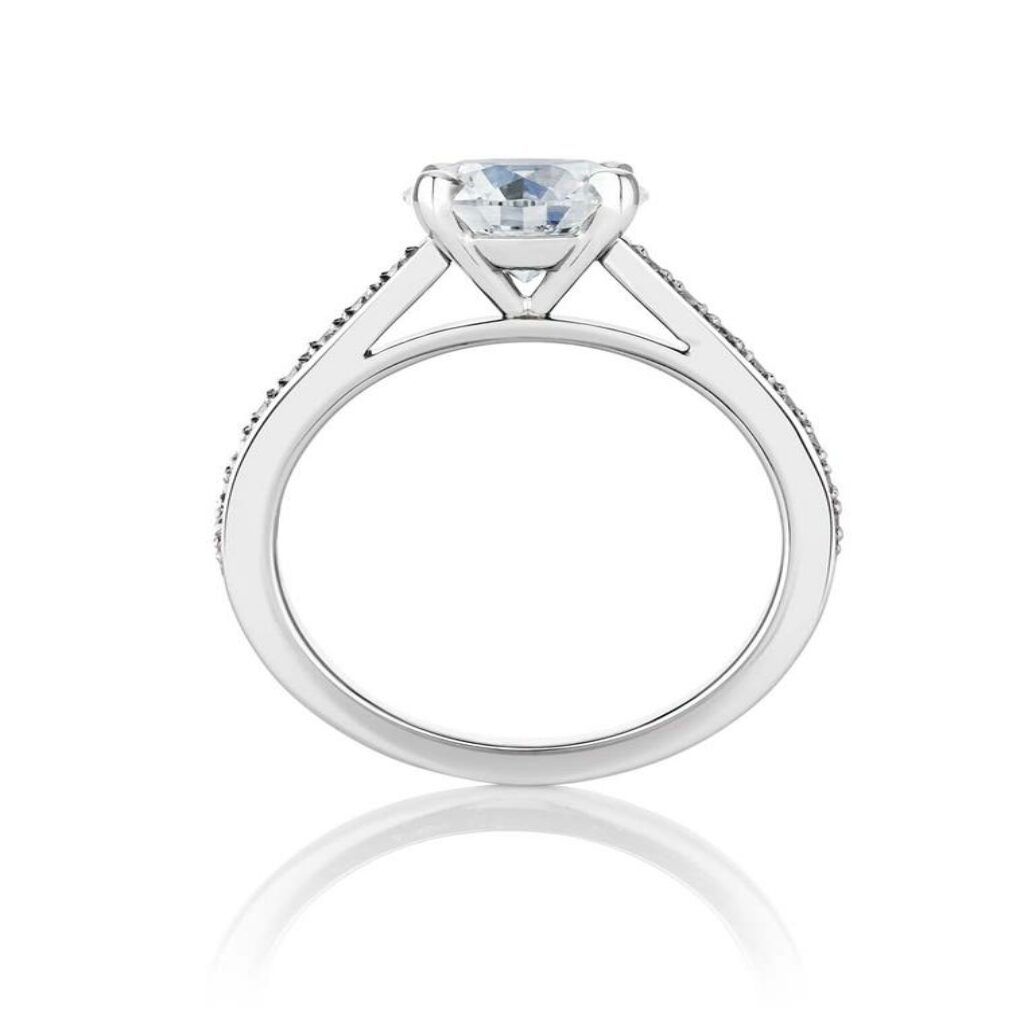When ordering a drink at a restaurant, do you ask for a cola or a coke? What happens if you hurt yourself? Do you search for a Band-Aid or a piece of plastic bandage?
Because of their increased popularity, these brands have replaced the generic terms for comparable products in our language. Therefore, being the proprietary nickname for a brand or product is the highest level of brand awareness.
It’s about something other than getting a group of people to remember your brand’s name when trying to increase brand awareness. If a consumer only remembers the brand name and not the product’s functions, benefits, or value, they are only aware of the word and not the brand. Therefore, your messages must explain what your brand does and why it is valuable to your audience if you want to maximize the impact of brand awareness. They can only associate the brand with that difference and its value during the buying consideration phase if they have this crucial information.
How to increase brand awareness
You can advertise your company on every billboard in town, but most business owners need more funds for expensive advertising. Additionally, greater exposure sometimes translates into greater brand awareness. Any successful brand must achieve brand awareness as a prerequisite to further development.
If you want to give your brand the best chance of becoming a reliable option for your audience:
- Make your own Instagram hashtag.
- Take part in or support neighbourhood events.
- Use your brand’s voice when frequently posting on social media.
- Display advertisements on the Google Display Network.
Guidelines for Creating a Successful Brand Awareness Campaign. Once you are aware of the essential steps, it becomes surprisingly easy.
1. Recognize your target audience
Strategically developing a brand includes creating a persona for your target audience (or several personas). You can only produce a solution for them and a messaging strategy to communicate that solution if you clearly understand who your audience is, what challenges and pain points they’re experiencing, and how to best address those challenges and pain points. Your ability to create a message or tell a story that will connect with your audience will be influenced by how well you understand them and the emotional toll their problems take on them. It is best to determine your target by looking at your current clientele. Who purchases your goods and subscribes to your social media pages? Look at what they have in common because these people already associate your brand with those traits. Consider what matters to them, their issues, and how your products can assist them. Do some market research after that. Where else do your clients buy things? Who are your principal rivals? Please spend some time doing your research here because it’s likely that your target audience also shops at your rivals’ stores. Create a profile for your ideal customer after analyzing your results. What is it that you want customers to connect your brand with? Your campaign will benefit from your response.
2. Make a list of your marketing channels
You must assess these congregations once you’ve determined where your audience hangs out. It is essential to your campaign to understand where they are and why they are. Are they there to have fun, or are they looking for information and answers? If everything else is equal, the audience searching for solutions to the issues your brand addresses is far more valuable than the audience amusing themselves. A successful brand awareness campaign involves more than just your target audience. It also depends on where you aim your attacks.
What places does your ideal customer frequent? Do they post photos to Instagram or watch videos on YouTube? Once more, the key to success here is to thoroughly research your target market and determine the areas where your campaign will be most effective. Ideally, the company should choose one or two platforms and build brand campaigns around them. For instance, choose a catchy hashtag and start tweeting if you decide to run a Twitter campaign. Make eye-catching posts and brief, engaging Instagram Stories if you use Instagram. Concentrate on the social media channels your target audience uses most frequently rather than dividing your attention among several different ones.
3. Set realistic objectives for your campaign
Make a list of specific short- and long-term objectives. Think about what results in you are expecting from the campaign. To accomplish that goal, choose the methods to be used, such as PPC ads, social media posts, influencer marketing, etc. How the campaign fits into your more significant, longer-term plans for your brand How you’ll monitor your progress Without specific objectives, there is the risk of running a campaign that lacks focus or direction. Spend time considering what you hope to accomplish, as every effective marketing strategy starts with a specific goal or outcome.
4. Co-branding with complementary businesses
A brand partnership entails collaborating with a competing brand to add value, boost exposure, and reach new markets. Choose a business with a broadly comparable target audience rather than a direct rival. Take the collaboration between GoPro and RedBull, for instance.

GoPro doesn’t just sell portable cameras, and Red Bull doesn’t just sell energy drinks. Instead, both have established themselves as lifestyle brands, mainly a lifestyle that’s action-packed, adventurous, fearless, and usually pretty extreme. These shared values make them perfect for co-branding campaigns, especially those surrounding action sports.
In other words, both brands evoke similar feelings, which is what we want in a brand awareness campaign created by partner businesses. So pick a company you can collaborate with to best showcase your USP.
5. Be active and engaging online
Consumer engagement is crucial in today’s fiercely competitive market. Every interaction, whether responding to tweets, handling customer service inquiries, or liking user-generated content on Instagram, increases over time. Remember that you’re also working to create the right impression as you establish your brand’s online presence. Do you want to be known as a company that values its customers and is responsive and engaging? Then begin exchanging messages! Additionally, make sure you regularly produce content. If you cannot post every day, at least log on four or five times a week to start gaining some traction for your social media profiles.
6. Showcase your brand’s individuality
A brand awareness campaign aims to change how consumers view your company, so each time you publish something new, emphasize your brand’s personality. Your target audience will be one step closer to associating your company with the right things if you maintain consistency in your brand messaging.
For example De Beers‘ “A Diamond is Forever” is the most memorable slogan of the twentieth century. But the campaign, which proposed (pun very much intended) the idea that no marriage would be complete without a diamond ring, De Beers built the industry; it presented the idea that a diamond ring was a necessary luxury. “They created a situation where almost every person pledging marriage feels compelled to acquire a diamond engagement ring.” Advertising can make a relatively inexpensive product seem luxurious and essential.

You want to achieve this. Remember that your company is distinct, so use your campaign to emphasize what makes it exceptional.
7. Enhance the client experience
80% of customers rely on brand experience. In other words, to make an excellent first impression on your clients, focus on enhancing the client experience. A better shopping experience will cost more for 86% of customers. Ninety-one per cent of customers who have a positive shopping experience return to the merchant. In another way, your brand awareness campaign should focus more than just promoting your business.
Customers should know how you can assist them and why their needs are essential to you. Need to be more confident of the quality of your current user experience? Ask customers to leave reviews or send feedback to find out how to improve your service offerings. While it won’t be possible to respond to every comment, pay attention to recurring themes and pinpoint areas that could use improvement. Even though nobody enjoys reading bad reviews, they can be a valuable tool for raising the bar for your company over time. Briefly, you can increase brand awareness quickly by placing the customer experience first and demonstrating appreciation for their feedback.
8. Monitor Your Progress
How can you tell whether your campaign is effective? Unless you establish some standards for success, you won’t. Depending on the marketing strategy employed, different metrics are used. For example, you can track metrics like impressions, shared tweets, and hashtag mentions when running a Twitter campaign. In addition, you could use Google Analytics to monitor your click-through rate (CTR) and conversions if you choose to run paid advertisements. Although “likes,” “shares,” “follows,” and “mentions” are regarded as “vanity metrics”, they are the standard for gauging brand awareness.
Building brand awareness is essential but understanding for its own sake is insufficient. There should be a clear path for your audience to follow in descending further into the rabbit hole of your brand messaging with each like, follow, comment, or website visit.
Also Read: How to Use Digital Marketing to Promote Your Real Estate Business
Conclusion
Increasing brand awareness can be easier than it may seem. As it aids in the recall of your company’s goals and products, brand awareness is crucial. A great place to start with content is a blog. Infographics and guest posts are also excellent options. Influencer collaborations, social media, and native advertising are good ways to launch the distribution of that content. Finally, it’s critical to keep in mind that brand awareness is a process. Test new approaches repeatedly to determine which has the most significant impact.
















